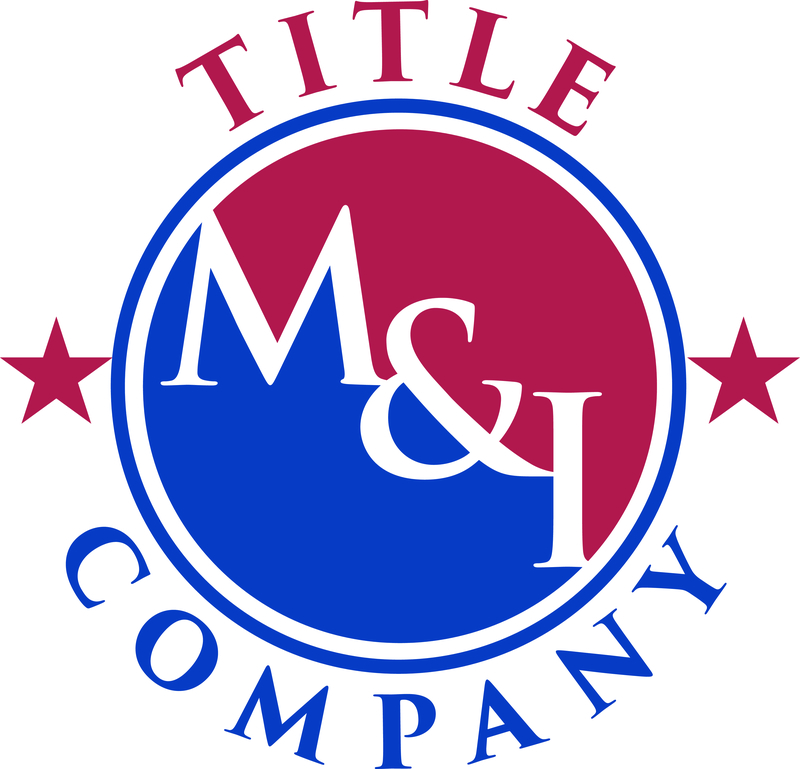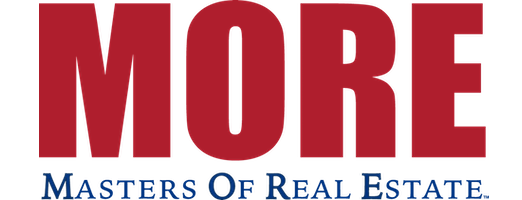
A report released this morning by CoreLogic shows negative equity declined in third quarter of 2010 for residential properties, marking the third-consecutive quarterly decline. The CoreLogic reports that 10.8 million, or 22.5 percent, of all residential properties with mortgages were in negative equity at the end of the third quarter of 2010, down from 11.0 million and 23 percent in the second quarter. While the decline is good news, the bad news is that the report states the decline is “due primarily to foreclosures of severely negative equity properties rather than an increase in home values.”
During this year the number of borrowers in negative equity has declined by over 500,000 borrowers. An additional 2.4 million borrowers had less than five percent equity in the third quarter. Together, negative equity and near-negative equity mortgages accounted for 27.5 percent of all residential properties with a mortgage nationwide.
Negative equity, often referred to as “underwater” or “upside down,” means that borrowers owe more on their mortgages than their homes are worth. Negative equity can occur because of a decline in value, an increase in mortgage debt or a combination of both.
Report Highlights
- Five states represent the bulk of negative equity: Nevada, which had the highest negative equity percentage with 67 percent of all of its mortgaged properties underwater, followed by Arizona (49 percent), Florida (46 percent), Michigan (38 percent) and California (32 percent).
- Although the level of negative equity is very high, there are still many homeowners with equity: nearly half of New York borrowers have 50 percent or more positive equity, which leads the nation, followed by Hawaii (43 percent), Massachusetts (40 percent), Connecticut (39 percent) and Rhode Island (40 percent).
- According to the Census, the homeownership rate in third quarter 2010 was 66.9 percent, down from a peak of 69.2 percent in the fourth quarter of 2004. The Census definition of homeownership includes homeowners in negative equity.
- An alternative definition of homeownership is to exclude owners with negative equity, which nets the effective homeownership rate. Adjusting for severe negative equity of 25 percent or more reveals that the effective homeownership rate was 62.4 percent or 4.5 percentage points lower than the official rate. Removing all negative equity homeowners reveals an effective homeownership rate of 56.6 percent or over 10 percentage points lower than the official rate.
“Negative equity is a primary factor holding back the housing market and broader economy. The good news is that negative equity is slowly declining, but the bad news is that price declines are accelerating, which may put a stop to or reverse the recent improvement in negative equity,” said Mark Fleming, chief economist with CoreLogic.










Leave a Reply
You must be logged in to post a comment.